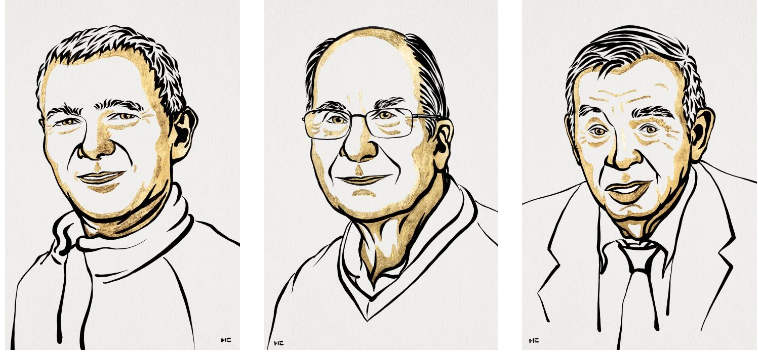
The Nobel Prize in Chemistry 2023: Discovery and Synthesis of Quantum Dots
This year’s Nobel Prize in Chemistry was awarded to Moungi G. Bawendi, Louis E. Brus and Alexei I. Ekimov for the discovery and development of quantum dots. These are tiny particles with unique properties, spreading colourful light from television and computer screens, as well as lamps using the QLED technology. Ekimov and Brus succeeded in creating quantum dots, independently, while Bawendi revolutionised their chemical production.
An element’s properties generally depend on its number of electrons. When talking about the nanoscale, though, things change. Once matter shrinks down to “nano” dimensions, its properties and behaviour usually deviates from the classical or expected patterns. The behaviour of such particles and systems at the quantum level, which is the smallest scale of the physical universe, are governed by a a set of fundamental principles and behaviours called the quantum phenomena. These phenomena are quite different from classical physics and are described by quantum mechanics.
Particles produced by these Nobel Laureates are so tiny that their properties are determined by quantum phenomena. Quantum dots have fascinating and unusual properties, as well as different colours depending on their size. So yes, it’s no longer their number of electrons, but their size that determines their properties.
However, providing a colourful and clear illumination is not their only craft. They are also able to catalyse chemical reactions and their light can help illuminate tissues, guiding surgeons as they remove a tumour.
These tiny, colourful dots are now of great importance in nanotechnology and provide great benefit to humankind. Researchers believe that in the future they could contribute to flexible electronics, tiny sensors, thinner solar cells and encrypted quantum communication.
REFERENCES
- 1. https://www.nobelprize.org/prizes/chemistry/
